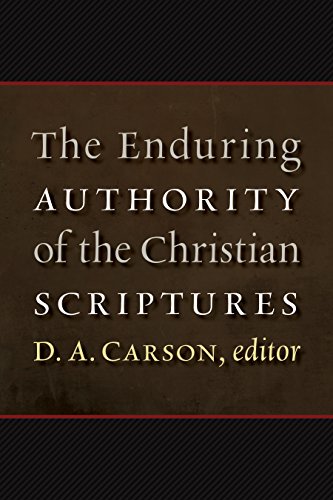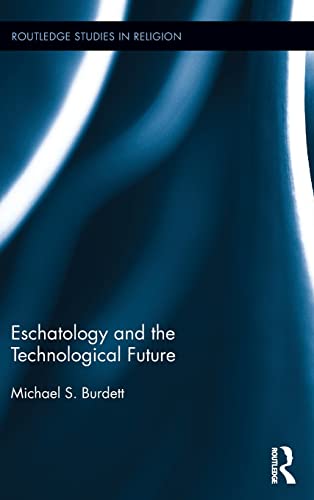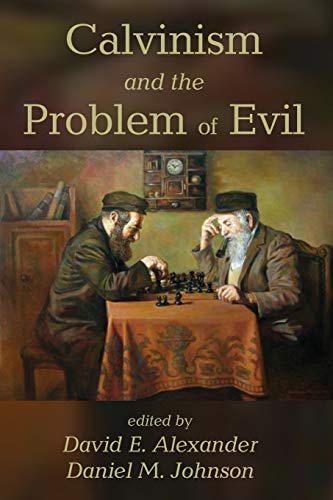The Pastor’s Book: A Comprehensive and Practical Guide to Pastoral Ministry
Written by R. Kent Hughes Reviewed By Trent RogersR. Kent Hughes, a well-recognized evangelical pastor and author of many valuable pastoral resources, has written The Pastors Book in order to provide guidance and outlines for the various tasks that pastors perform. While the book is broadly evangelical, with suggestions from several contributors of varying denominational affiliations, it assumes that the majority of its readers will be from the free-church tradition (p. 29).
Hughes divides his book into three sections: “Christian Gatherings,” “Parts of the Worship Service,” and “Ministerial Duties.” The lengths of these sections are 233, 203, and 77 pages respectively. In addition, Hughes provides an Appendix containing several sample wedding services, suggestions for further reading, and a few helpful online resources accessible through crossway.com. Although Hughes authors most of the book, Douglas O’Donnell contributes three chapters, Robert Evans writes another, and several others contribute sections within the chapters.
The first section, “Christian Gatherings,” contains chapters on sunday worship, annual services, weddings, and funerals. The book begins by establishing a theology of worship that embodies all of life and is characterized by reverence for God and his Word. In contrast to proponents of the “seeker-sensitive movement,” the contributors warn against letting pragmatism, not biblicism, dictate the Sunday morning service. The sample service outlines provide a window into how other churches structure a service and why they do so. Especially helpful are the sections discussing weddings and funerals. With extended explanations, Hughes answers difficult questions. For example, with funerals he advises that generally the casket should be open, the ceremony should be at the church, cremation is permissible, etc.
Part 2, “Parts of the Worship Service,” contains chapters on the topics of public prayers, the historic Christian creeds, hymns and songs, baptism, and communion. Each section contains a brief theological explanation of the topic and rationale for the inclusion of each of these elements into the regular corporate worship of the church. These chapters are characterized by wisdom developed over decades of ministry. For example, in ch. 7 O’Donnell advises that lyrics of congregational songs (1) should reflect biblical lyrics, (2) should edify others and exalt God, (3) should raise religious affections, not ridiculous emotionalism, and (4) should be theologically comprehensive and balanced (pp. 344–51). Creeds should be included for at least these reasons: to affirm the essentials, to emphasize continuity with historic orthodoxy, and to provide a familiar reference for visitors from other Christian backgrounds (pp. 175, 317). In some of these sections, particularly on baptism (ch. 8), it is helpful to read the differing theological viewpoints of the authors, with Hughes being baptistic and O’Donnell being a paedobaptist. The 53-page chapter on public prayers is worth the price of the book. Instead of treating prayer as something that is always spontaneous and unprepared, Hughes challenges pastors to prepare their public prayers and provides samples of different types of prayers.
The third section, “Ministerial Duties,” focuses on the duties of pastoral counseling and hospital visitation. The pastoral counseling section, spanning 57 pages and authored by Robert E. Evans, is saturated with biblical wisdom and practical advice. His view of pastoral counseling might be characterized as discipleship intensely focused on a particular or neglected area: “the faithful pastoral counselor works in cooperation with the Holy Spirit to help God’s people live and grow into maturity in Christ” (p. 471). He provides advice on topics such as the arrangement of the pastor’s office, establishing healthy boundaries, receiving referrals, how to begin a counseling session, guiding the session, setting goals, and how to conclude a session. Especially beneficial were the sections on handling emergency situations and when to make a referral. A helpful addition would be to advise on how to navigate the potential legal situations entailed when counseling about issues such as homosexuality and transgenderism. This chapter is a great introduction to pastoral counseling and should serve as an impetus for further reading and training. The brief section on hospital visitation outlines some principles and provides a catalogue of Scriptures relevant for this role.
I wish I would have read this book in my first month of ministry, and I am glad that I have read it now that I am several years into ministry. If I must offer some critique, there are some aspects of congregational life that are absent from this book. In the preface, the contributors note that some topics were omitted for the sake of brevity. But nothing is mentioned concerning the membership of the church which often figures (perhaps even ought to figure) into the Sunday morning congregational gatherings. I felt an imbalance as 25 pages were devoted to the incorporation of poetry into a service and nothing was mentioned about a membership covenant. Moreover, a helpful addition would be to include some guidance concerning how to conduct a church meeting dealing with church discipline. Also it would have been helpful to have some guidance about the incorporation of church offices, such as (especially lay) elders and deacons, into the services of the church. Many churches also conduct ordination services, but instructions concerning this congregational service are also absent.
My small quibbles about omissions should not overshadow my overwhelming praise for this wonderful handbook. It is thoroughly evangelical, and it is especially helpfully if one’s denomination does not provide an order of service for formal events. The inclusion of sample services from several denominations gives the reader an insight into how other evangelical churches structure services. Each of the sections begins with a biblical-theological framework for the topic and then proceeds to offer helpful, practical, pastoral advice. I appreciate how the entire book is saturated with a compassionate pastoral heart. For example, the pastor is exhorted not to think of a wedding ceremony, premarital counseling, or a funeral as an interruption to his pastoral duties. Rather, these are portrayed as key moments in people’s lives into which the pastor can speak biblical truth. This book also raises issues that a pastor might not think about regularly, such as emergencies in a counseling session, the use of poetry in a service, the incorporation of creeds into congregational life, or the inclusion of military honors at a funeral.
The Pastor’s Book is an exceptional reference resource that provides theological understanding, sample structures, and practical advice for many of the tasks that a pastor would be called on to perform. This book will be one of your most treasured resources when you are preparing to perform your first wedding or when the family of a nonbeliever asks you to conduct his funeral. And it also provides new insight and refreshing thoughts for veteran pastors. This book sits in my section of ready reference-works, and it has proven indispensable for fulfilling my pastoral calling.
Trent Rogers
Trent Rogers
Grace Baptist Church
Cedarville, OH, USA
Other Articles in this Issue
Gospel Differences, Harmonisations, and Historical Truth: Origen and Francis Watson’s Paradigm Shift?
by Frederik S. MulderClaiming to stand on the shoulders of the later Origen, in Gospel Writing: A Canonical Perspective, Francis B...
“For Your Sake We Are Being Killed All Day Long”: Romans 8:36 and the Hermeneutics of Unexplained Suffering
by David StarlingThis article explores the function of Paul’s citation from Psalm 44:22 within the rhetoric of Romans 8:31–39...
Many churches seem to have lost the art of singing lament...
Reflections on Handling the Old Testament as Jesus Would Have Us: Psalm 15 as a Case Study
by Dane C. OrtlundIn appreciation of the renaissance of christocentric and redemptive-historical hermeneutics and homiletics in our generation, this article selects an OT text, Psalm 15, that appears on the surface to be maximally resistant to a Christ-centered reading and preaching of Scripture...
This article examines the meaning of blessing as expressed in the structure and narratives of Genesis...







